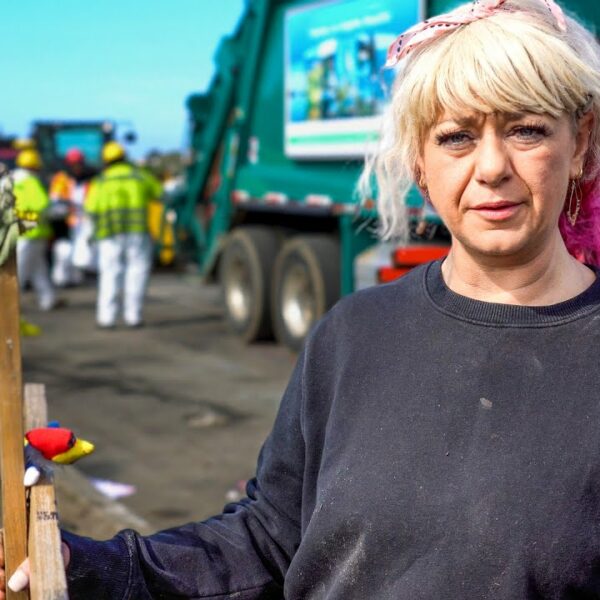By now all Americans are familiar with the rules of a government stay at home order: go home, practice social distancing and try to avoid places that attract large gatherings.
But the coronavirus crisis creates unique problems for the unhoused. They don’t have homes to go to and really can’t self-isolate.
And for those who rely on homeless shelters for a roof over their heads, this means a unique set of problems. Most shelters have hundreds of people living together in compact spaces. Six different shelters in New York City have each reported outbreaks of COVID-19 with one reported death as of last week. The Washington Post stated local shelters are now open round the clock, instead of being open for only 12 hours. Homeless outreach workers have now taken proactive steps by donning masks when they work with clients.
Outreach workers in Los Angeles County have also been provided with protective gear and trained on how to handle the disease. In addition, the Los Angeles Homeless Services Authority (LAHSA) has created a web site featuring information about how homeless people can deal with the coronavirus crisis. One of the new developments they have added is setting up more than 100 handwashing stations across the city to reduce the spread of COVID-19.
Other new developments include:
- Creating a list of best safety practices that was shared with partners
- Working with the Department of Health to provide specialized health safety training for shelter and outreach providers
- Keeping several winter shelters open 24 hours
- Requiring some staff members to work from home
However, an in-depth report detailed some of the dangers of living in California shelters. It described the conditions in many of these shelters as unsanitary.
Davon Brown, who lives in a Los Angeles encampment, said he prefers to live on the streets where he could at least attempt to practice social isolation, according to The Guardian.
“If you want more people to die, you put them in a shelter,” said Brown.
Gov. Gavin Newsom, who made tackling the homeless crisis one of the main issues he wanted to address as governor, has already been proactive on the issue.
He has already allocated $150 million to help local governments move more people into homeless shelters. And in his daily press conferences, he has talked about the state purchasing unused hotels and trailers to provide accommodation.
“People experiencing homelessness are among the most vulnerable to the spread of COVID-19,” said Newsom in a press statement. “California is deploying massive resources to get these vulnerable residents safely into shelter, removing regulatory barriers and securing trailers and hotels to provide immediate housing options for those most at risk. Helping these residents is critical to protecting public health, flattening the curve and slowing the spread of COVID-19.”
Economic Impact Resulting in Evictions
The coronavirus crisis has also affected the economy with businesses already closing their doors. Other businesses will be impacted as citizens are forced to stay at home. The danger here is more people could be thrown onto the streets (or end up living in their cars) as paychecks dry up and people can’t pay rent.
Newsom signed an executive order that allows local governments to halt evictions and slow down the foreclosure process. Many Americans already live paycheck-to-paycheck. The last thing the country needs is more people evicted and living on the streets.
Emergency Rooms Cannot Serve as Primary Medical Service During Pandemic
Coronavirus also creates an additional problem for homeless people. Many of them rely on emergency rooms for basic healthcare needs. But right now, emergency rooms are crowded with people who might have the coronavirus. And medical workers are only seeing the most desperate patients.
The nature of homelessness, and the inability to get a job or health insurance, leads to more emergency room visits. A study revealed 40 percent of the homeless people surveyed had used the emergency room within the last year. About half of the respondents used the emergency room as their main form of medical service.
The study also stated, “The finding that those who live stably in residential hotels use fewer emergency department services suggests that provision of housing, particularly to the small proportion of homeless individuals who exhibit repeated use, may help decrease reliance on emergency departments and improve health care outcomes.”
Several organizations have provided valuable guidelines for municipalities and homeless providers that includes securing (hotel/motel) rooms and additional space for both people who are at risk, but not yet exposed. This includes providing space for chronically ill people who are COVID negative, but too sick to be in a shelter.
Reducing emergency room visits and preventing the spread of COVID-19 is crucial. To support this goal, we must provide unhoused people with shelter and the means to practice social distancing. The last thing we need to do is overburden our already stressed health facilities.













